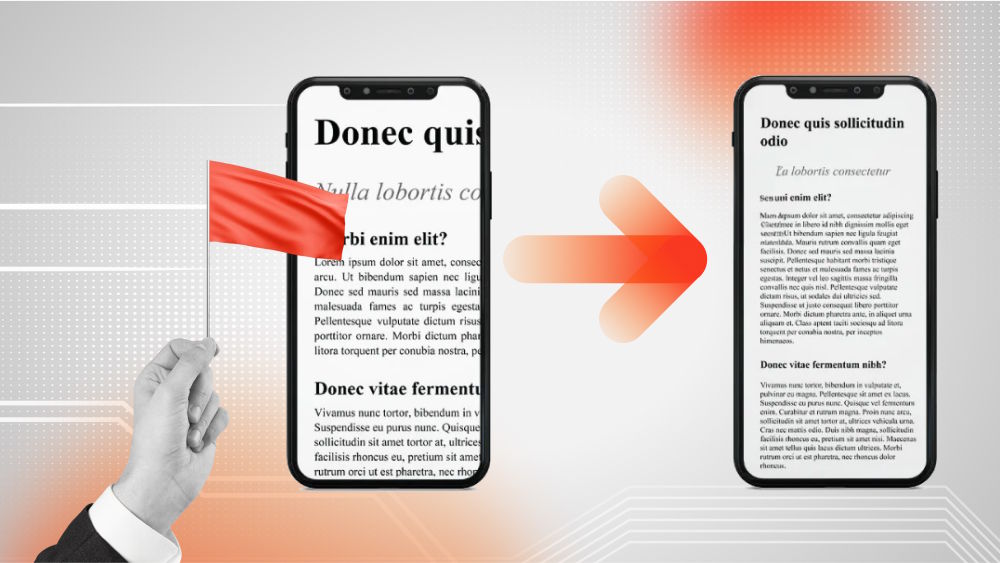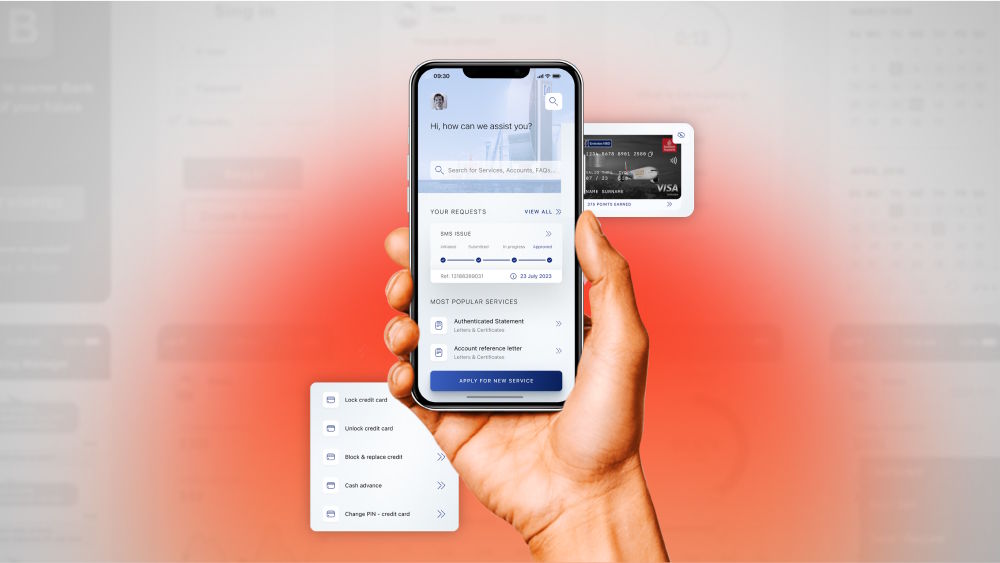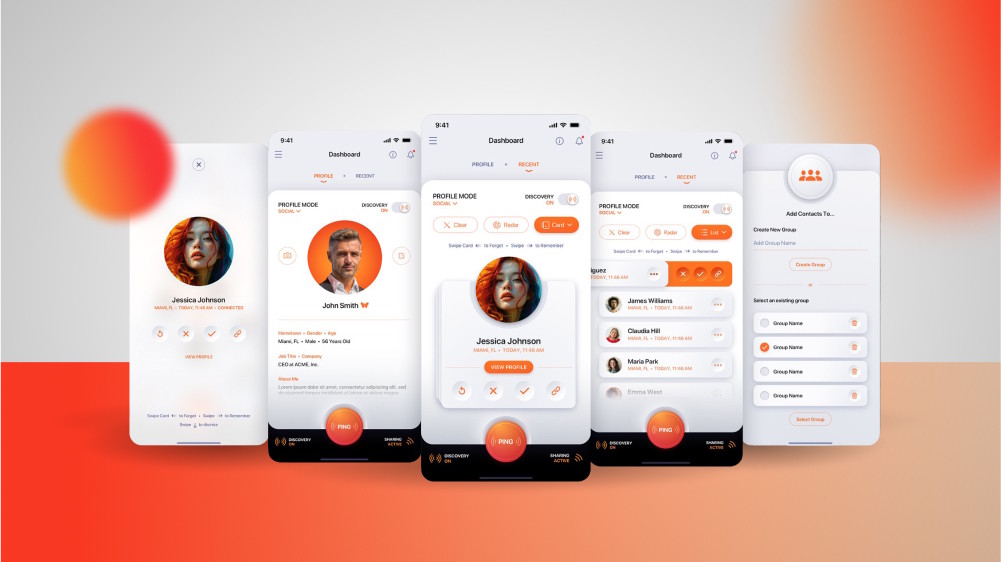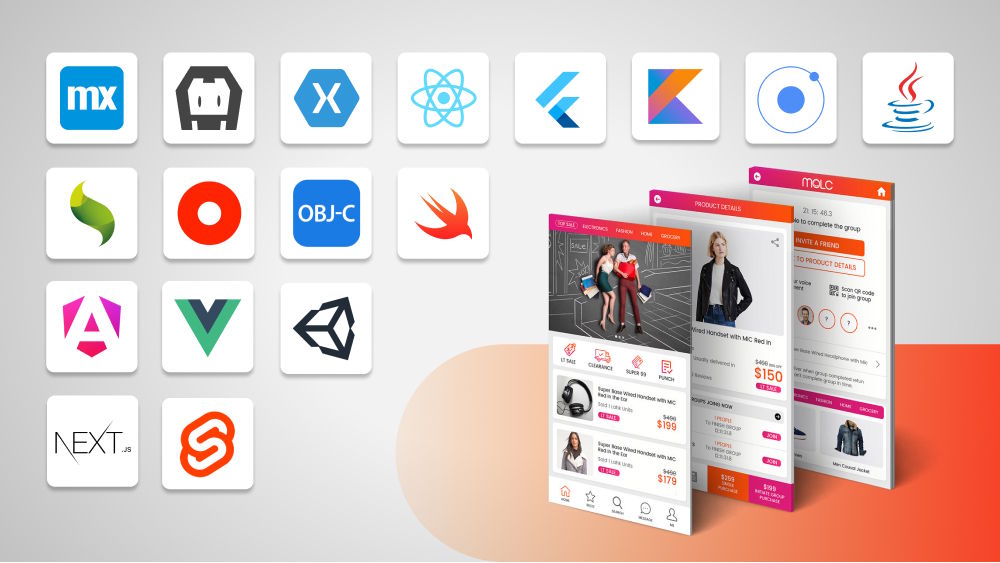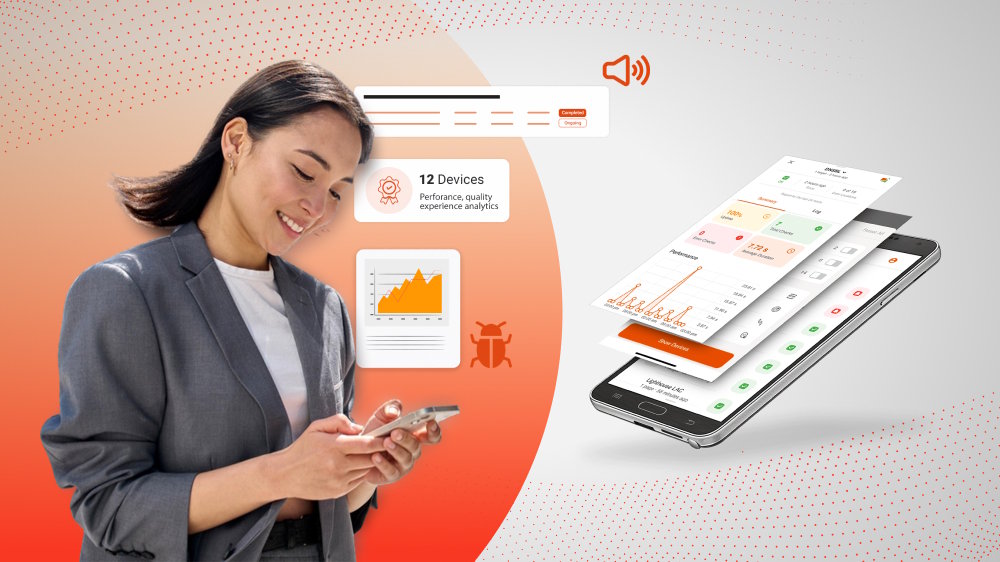
How to Create a Dating App That Stands Out in The Dating Industry
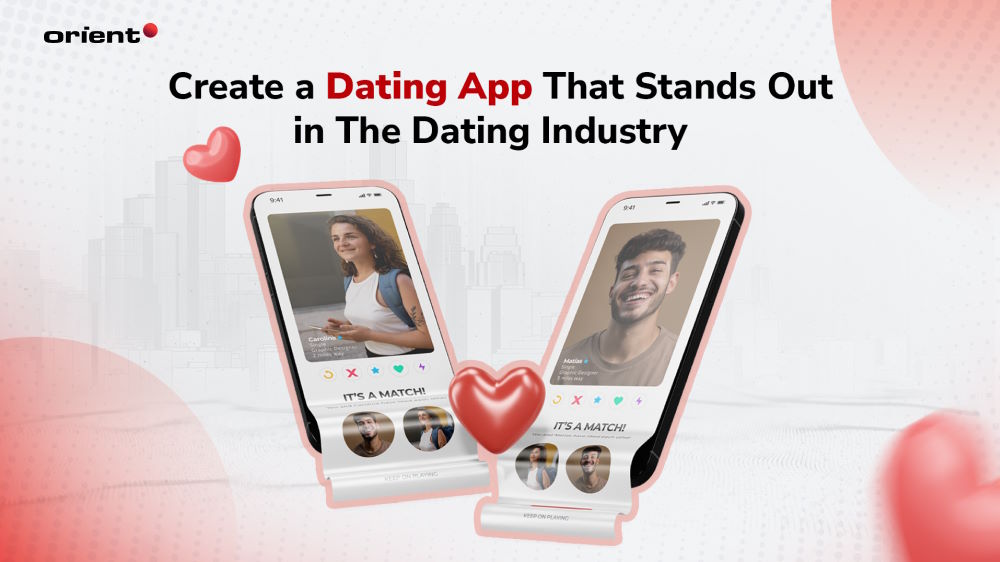
Content Map
More chapters“We met on a dating app.”
This is probably one of the answers one would expect when asking a couple, “How did you two meet?”
The Internet has changed modern dating forever. All you need is a smartphone with an Internet connection, and you are all set and ready to embark on the love adventure of finding “the one.” More than 366 million users worldwide have chosen to use online dating apps to look for a partner, a casual partner, or something in between. The number of users is projected to grow to 452.47 million users in 2028, according to Statista.
The user base is massive, but so is the competition in the dating app market. It is estimated that there are more than 1,400 dating sites in the UK alone. How do you create a dating app that stands out in such a crowded market? Worry not. We have you covered. Here is everything you need to know to create an eye-catching online dating app.
Why Is There Such a High Demand for Dating Apps?
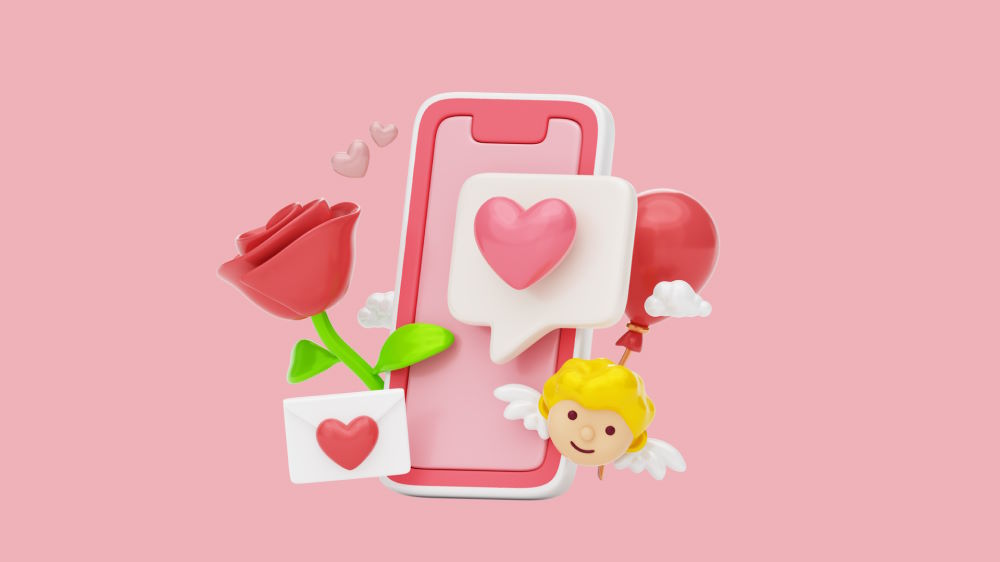
Pew Research Center found that 42% of U.S. adults confirmed that dating apps have made it easier to find a long-term partner. Why do so many prefer dating apps these days?
Privacy
One of the major reasons people opt for online dating apps is more privacy. Fewer people choose to meet potential dating partners through their friends, family, and colleagues. This way, daters can stay away from the prying eyes of acquaintances and enjoy their courtship in private. This is probably one of the most fundamental changes dating apps have brought to the modern dating culture.
Wider Connections
For those who find it challenging to step out of their comfort zone to find a partner, dating applications make connecting to new people a lot easier. Users can set their own parameters in the search bar and easily connect to new people.
Boosted Confidence
First dates and first interactions are awkward. Dating app users can skip this awkwardness and small talk and fillers and go straight to the point easily. Furthermore, dating app users can engage in conversation at their own pace. At the same time, if they don’t think the courtship is going to work out, they can easily disengage from the relationship.
Bonus: Interesting Statistics
- Forbes Health Survey found that out of those who used dating apps to meet people, over 70% claimed that their encounters resulted in a romantic, committed relationship, while 28% disagreed.
- Healthy Framework found that 61% of daters use online dating apps to meet people with common interests, 44% share values and beliefs, 42% for marriage, 26% for non-committal fun, and 21% for challenging schedules.
- It takes an average of 3,960 swipes to meet your significant other, according to a survey conducted by Shane Co.
- With 927 thousand downloads every month, Tinder was the most popular dating app in the US as of July 2023. With over 755 thousand downloads each month, Bumble came in second, followed by Hinge, a long-term connection-focused app. (Statista)
Don’t be discouraged by the big players in the dating app industry. Everyone has to start somewhere! Before getting started with the journey of creating your own dating app, know that there are several types of dating apps to choose from.
Types of Dating Apps
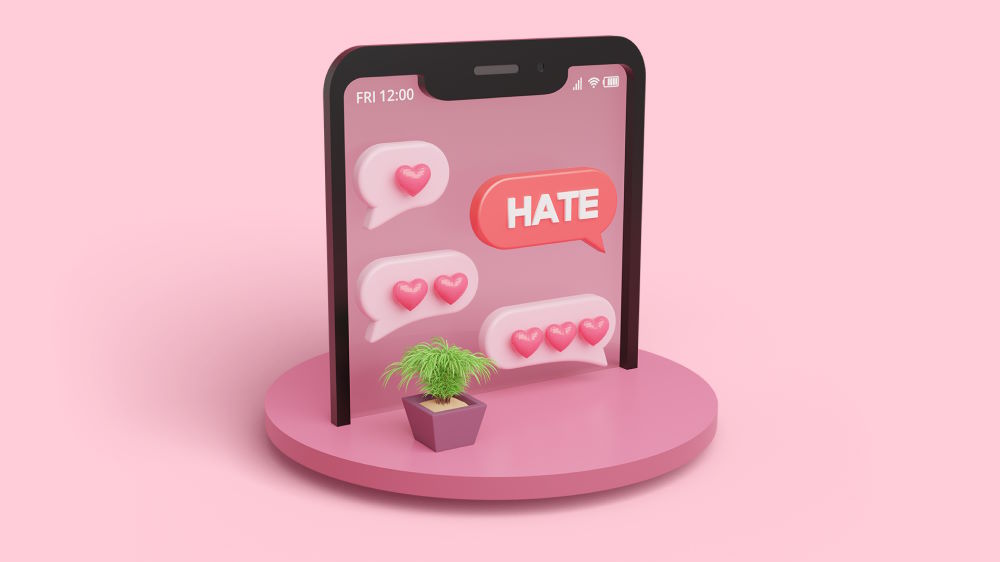
Matchmaking Dating Apps
By utilizing personal information, available data, and sophisticated matching algorithms, matchmaking dating apps are able to connect unknown users with similar interests and preferences. An excellent example of such a dating app is Hinge, which we will delve into later on in this guide.
Geolocation-Based Dating Apps
Based on the user’s location and proximity, the app matches different users. This feature is suitable for those who are looking to meet someone nearby and even planning for a meetup. It is also helpful when you are traveling and want to connect with new people. Tinder and Happn both offer these kinds of features.
Niche-Based Dating Apps
As the name suggests, these dating apps are created for people who share similar interests (jogging, pets), religious beliefs, or even the same dislikes. The niches are endless. You can check out Veggly or Christian Mingles for these kinds of dating apps.
Traditional Dating Apps
OkCupid is a good example of a traditional dating app. This type of app presents an app with key features similar to that of a web platform, which looks like an online catalog of people.
A Quick Look at the Popular Dating Apps on The Market
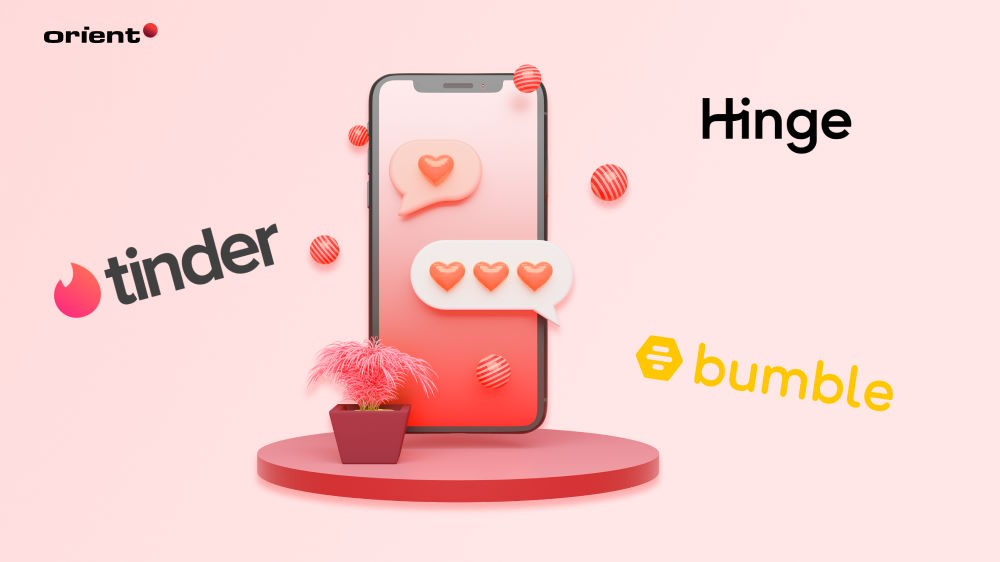
You need to do your homework no matter what app development project you do. You need to learn from the best to become the best. We have done some of the legwork for you and examined how some of the most successful dating apps work.
Tinder
Tinder is a platform that allows users to quickly find matches without lengthy questionnaires or complex profiles. Users can edit a profile, upload up to nine pictures, and set preferences such as sexual orientation, age range, and distance from potential dates. The match system works by swiping, where users see a person’s picture and basic information about them. If they like them, they can chat with them. If they don’t like them, they can swipe left.
Tinder uses a sophisticated algorithm to show users similar people based on user behavior and preferences.
Bumble
Bumble has a unique approach. It’s also an online dating app that uses a swiping mechanism to connect users based on their locations and preferences. It’s the first app where only women message first, with heterosexual matches having 24 hours to make the first move and same-sex matches having 24 hours to respond. A match occurs when two people swipe right on each other to show mutual interest. Bumble offers three different modes for different purposes: Bumble Date, Bumble BFF mode for making new friends, and Bumble Bizz for business networking.
Hinge
Hinge is another popular dating application that allows users to sync social media platforms like Instagram and Facebook. The app’s matching algorithm works based on user preferences and location, allowing users to match by liking or answering prompts on other users’ profiles. The matching algorithm is fine-tuned to ensure a second date three out of four times. Hinge’s Discover Feed allows users to Like individual parts of profiles instead of liking the whole.
Dating App Monetization
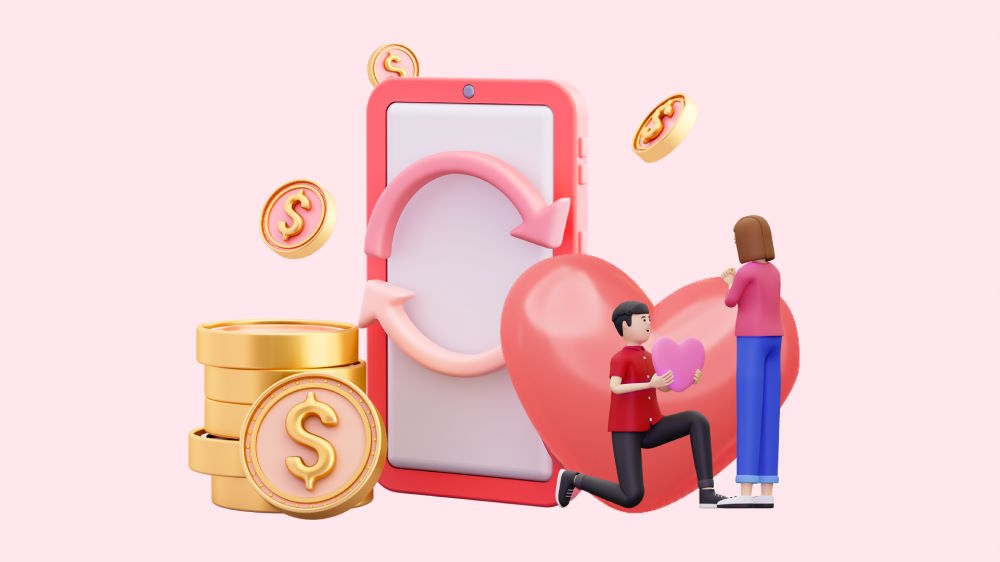
Dating app development is hard work. For that hard work to be paid off, you, the dating application, need to act as a side hustle as well. There are a few ways you can monetize the app.
In-App Purchases
Like Tinder’s Super Like or Hinge’s Roses, these additional features allow users to optimize their profiles and encourage other users to swipe right or like their profiles. In-app purchases can also be virtual gifts to their online friend. This dating app monetization strategy, however, only works if the features are intriguing enough.
Ads
In-app ads are one of the most popular ways to monetize your app. You can do this by partnering with local businesses and showing their ads in your dating application. However, do keep in mind that too many ads can scare potential users away.
Premium Features
Similar to the Freemium model, you can provide your users with the basic version and the premium version of the app, where they have access to more advanced features, e.g., more sophisticated filtering options.
Even-based Monetization
You can collaborate with other brands and companies to host events and invite your users to attend. Users are charged for in-person participation fees or merchandise.
Main Features of an Attractive Dating App
Before you recruit a mobile app development company or even go about recruiting a development team yourself, take a step back and dissect your goal and vision for the app. This is the first step of any app development process.
What is the app meant to do? Who is it made for? From then, work out the must-have features for your app as well as the nice-to-have ones.
Here is a list of basic features of a dating app for your reference.
Push Notifications
Push notifications are one of the most popular features of any application. In dating apps, push notifications encourage engagement; users know at a glance who is interacting with their profile, messaging them, or inviting them out on a date.
Profile Tools
User profiles play a central role in any dating app. Your daters should be able to add information about themselves like name, age, gender, hobbies, pictures, etc. The data you collect depends on the matching algorithm that you use.
Matching Algorithms
We have discussed how some of the most popular apps match users. There are four popular machine learning matching algorithms:
- Matching using GPS technology: users are matched based on location and proximity.
- Matching based on questionnaires: the app is based on answers provided by users about their hobbies and preferences to match them.
- Matching based on user behaviors: By analyzing how users interact with the app, the app collects and analyzes the data and matches it accordingly.
Chatting
In-app messaging should be easy and intuitive. Users shouldn’t have to spend a lot of time learning how to navigate the in-app messaging functions. The chat room should include quick links to the other party’s profile, icebreakers, or even quizzes so the users can quickly start getting to know one another.
Voice and Video Calling
Voice and video calls allow users to connect at a higher level compared to plain texting. Users want to be able to connect through video chat before meeting in person. This feature is also essential for those in a long-distance relationship.
Dating Apps Development Steps
1. Market Research
Spend sufficient time and energy on planning and competitor researching so you can create an app that is unique and solves the customer’s pain points.
2. Project Management
An app development process can be a complex one since it involves a variety of different key roles and back-and-forth communication. Having a project manager in place helps you have a birdeye view of the entire project.
3. Design
A successful UX design already makes up 50% of the app’s process. Attractive designs not only help the application appeal to customers but also help customers understand the actual structure of the app.
4. Development
At this stage of the project, you can opt to recruit an in-house team or reach out to a professional and dedicated team of app developers. Orient Software is one such credible team. We will help you choose the best development methodologies - agile, waterfall, or sprint cycles and help you choose the best technology stack as well.
Choosing the Right Tech Stack
- Framework: Express.Js, React, Next.js, Node.JS
- Programming tools: Kotlin, Swift, and Java
- Database: MongoDB, SQL, Redis
- User Profile: Loadable Views, Recycler View
- Web Server: Nginx, AWS
- Payment Gateway Integration: Stripe, CCAvenue, PayPal
- Cloud Storage: Azure, AWS, Google Cloud, Heroku
5. Quality Assurance
Always perform thorough quality assurance and testing. No app is entirely bug-free, but your app should be able to operate smoothly, meet basic data security standards, and scale as needed without compromising the resources and memory.
6. App Launch
Before the actual launching date, promote the app on social media and let everyone know a new dating app is entering the market. As long as you follow the regulations of the app store and your marketing team, there should be no problem during your launch.
7. Post-Launch Maintenance
The launch isn’t the end of the project. You should pay attention to the user’s feedback and fix bugs, update features, or add new functions accordingly. The app also needs to be updated regularly to keep the security in check.
With all the information you need to build an innovative dating app, what are you waiting for? If you are worried about embarking on the journey alone, don’t worry! Let Orient Software be your partner and solve challenges along the way. Contact us today!

